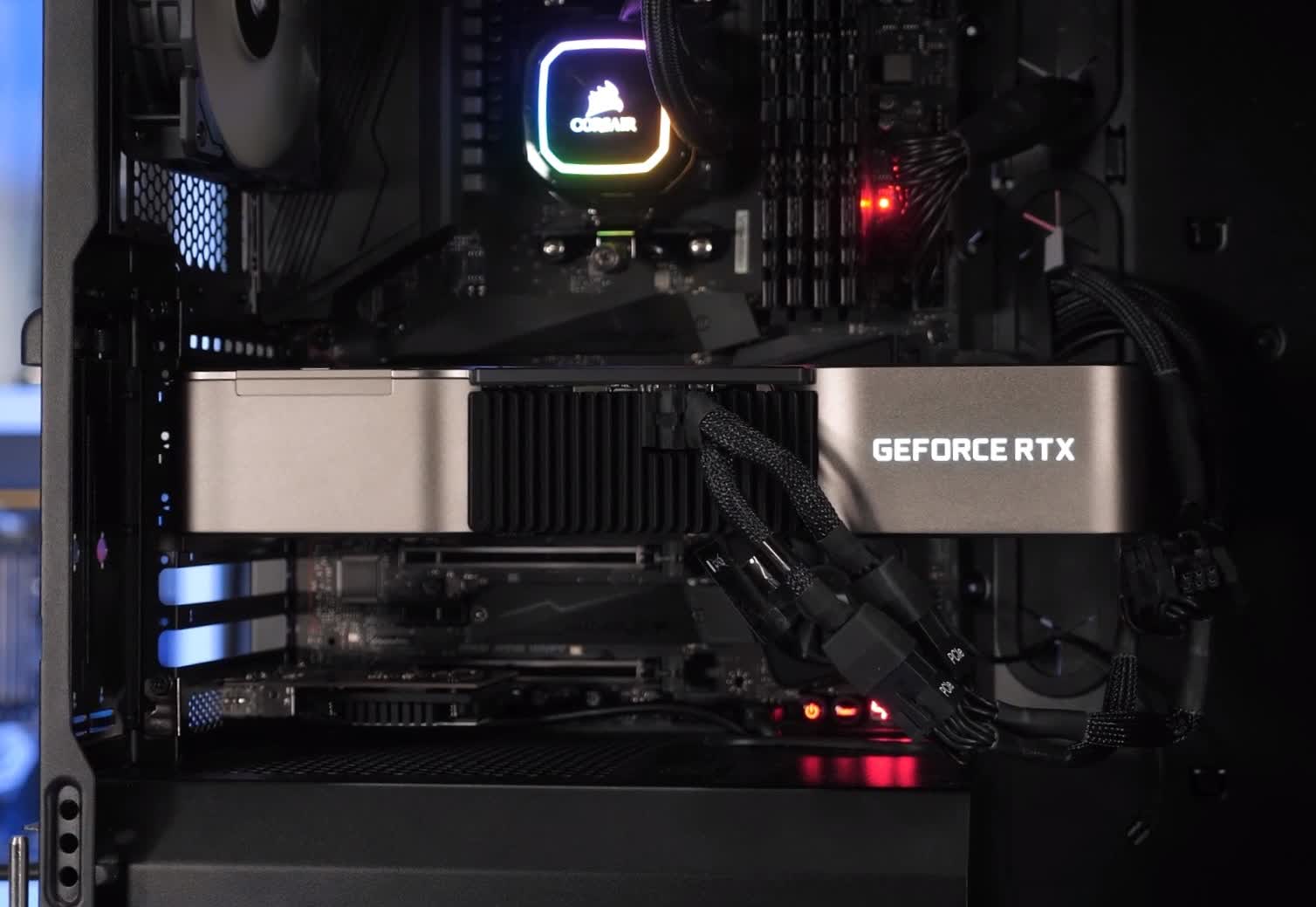Editor's take: RAM drives were sort of popular among enthusiasts back in the days of spinning hard drives but now that we have speedy flash memory, there’s not much of a need for them.

Nvidia’s GeForce RTX 3090 includes a massive 24GB VRAM buffer, which as Steven pointed out in his recent review of the “Titan” class card, could be highly beneficial in workstation environments. As it turns out, it also has plenty of other uses if you are willing to think outside of the box.
That is exactly what Twitter user Strife212 has done.
In a recent tweet, the self-professed software engineer claims to have used a program called GPU Ram Drive to create a 15GB RAM disk from the RTX 3090’s VRAM then installed Crysis 3 on it.
I installed Crysis 3 on my graphics card!
— Strife, la fillette révolutionnaire (@Strife212) October 4, 2020
I used some VRAMdrive software called GPU Ram Drive, made a 15GB NTFS partition on the GPU, then installed Crysis 3 on it
At 4K very high settings get good fps and the game loads very fast - GPU-Z reports total VRAM use 20434MB pic.twitter.com/lLcQsD5JYM
The unallocated VRAM, roughly 9GB, was plenty to support the GPU in running the game. But in terms of performance, there’s no real advantage to storing the game on the VRAM as load times were reportedly on par with what you can expect from a fast NVMe SSD.
Still, just being able to do it is pretty darn neat and leads us to wonder what else could be installed “on” an RTX 3090. How about an operating system? Windows 10 64-bit only calls for 20GB of free space, so why not? And how long will it be before someone installs Doom on it? Cause, you know, Doom can run on anything and everything.
https://www.techspot.com/news/86981-someone-installed-crysis-3-geforce-rtx-3090-vram.html